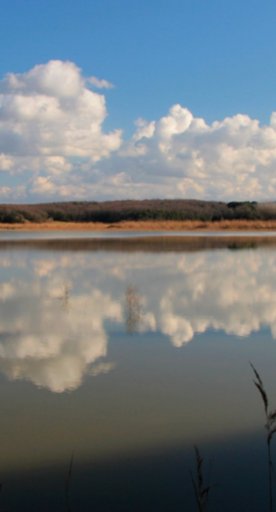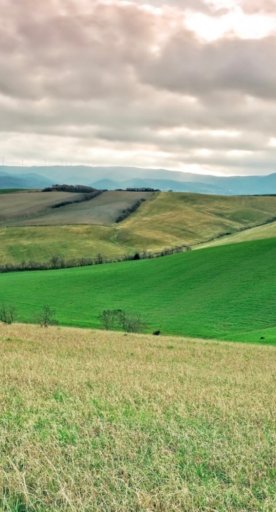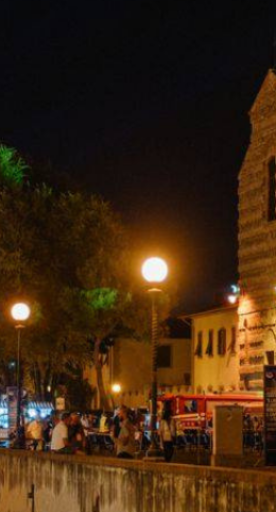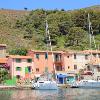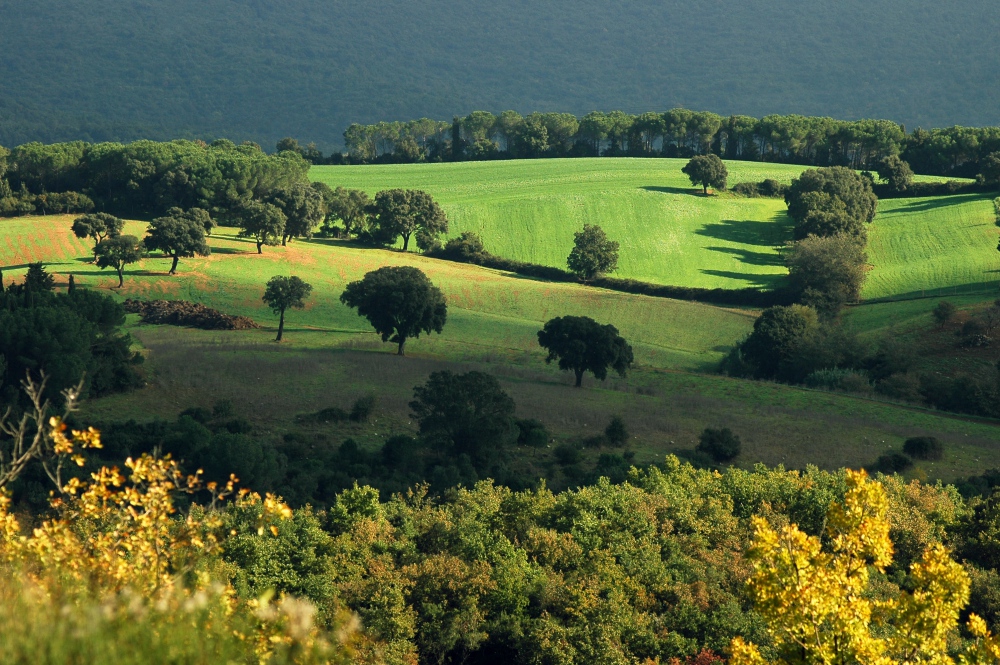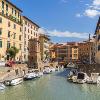
Livorno Area

The strength of the sea winds its way through the streets, the hills, touching the people who live here
Show more
Livorno Area
The strength of the sea winds its way through the streets, the hills, touching the people who live here
Go to the area
